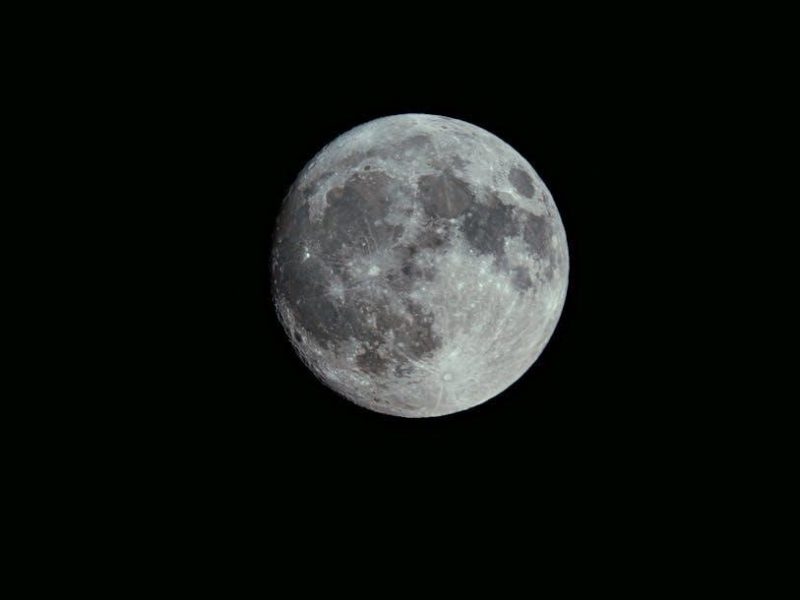Zone 7b‚ part of the USDA Plant Hardiness Zones‚ offers a temperate climate ideal for diverse gardening. With average last frost dates in early spring‚ it supports a wide variety of plants‚ making it a favorable zone for both beginners and experienced gardeners. Understanding this zone is essential for successful planting and maintaining a thriving garden year-round.
1.1 Understanding USDA Plant Hardiness Zones
The USDA Plant Hardiness Zones are a vital tool for gardeners‚ dividing North America into zones based on average annual extreme temperatures. This system helps determine which plants can survive and thrive in specific regions. Zone 7b‚ for instance‚ has moderate winters and warm summers‚ making it suitable for a wide range of plants; By understanding these zones‚ gardeners can make informed decisions about planting times and plant selection. The zones also guide gardeners on when to expect the last frost‚ a critical factor for planting tender crops. This information is essential for creating a successful and resilient garden tailored to local climate conditions.
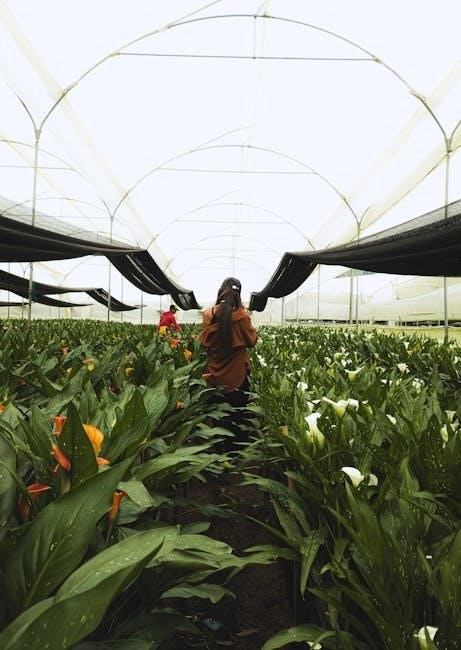
1.2 Key Characteristics of Zone 7b
Zone 7b is characterized by moderate winters and warm summers‚ with average annual extreme temperatures ranging from 5°F to 10°F (-15°C to -12°C). This temperate climate allows for a long growing season‚ making it ideal for diverse gardening. The last frost date typically occurs in early spring‚ while the first frost of winter arrives in late fall. These conditions support a wide variety of plants‚ including annuals‚ perennials‚ fruits‚ and vegetables. Gardeners in Zone 7b benefit from the ability to grow multiple crops throughout the year‚ with ample time for both cool-season and warm-season plants. The zone’s forgiving nature makes it suitable for gardeners of all skill levels‚ allowing for experimentation and a vibrant display of flora throughout the seasons;
1.3 Importance of Local Planting Guides
While USDA Plant Hardiness Zones provide a foundational understanding of climate conditions‚ local planting guides are essential for precise gardening decisions. These guides account for microclimates‚ soil conditions‚ and regional weather patterns that may not be captured by broader zone classifications. They often include specific planting timelines‚ variety recommendations‚ and pest management strategies tailored to your area. Local cooperative extension services and gardening clubs are valuable resources for obtaining these guides. Additionally‚ many gardening apps and online tools offer location-specific advice‚ helping gardeners optimize their efforts. By consulting local guides‚ gardeners can avoid common mistakes‚ such as planting too early or too late‚ and ensure their plants thrive. These resources are particularly useful for newcomers to Zone 7b‚ providing a roadmap for successful gardening in their unique environment.

Planting Calendar for Zone 7b
Zone 7b’s planting calendar begins after the last frost date in early spring. It outlines optimal times for planting various vegetables‚ fruits‚ and flowers‚ ensuring a successful growing season. Use local guides and apps for precise planning.
2.1 Spring Planting in Zone 7b
Spring planting in Zone 7b typically begins after the last frost date‚ usually in late March to early April. This period is ideal for starting cool-season crops like broccoli‚ spinach‚ and kale. Gardeners can also direct sow seeds for radishes‚ carrots‚ and peas. Additionally‚ early spring is a great time to transplant seedlings of tomatoes and peppers started indoors 4-6 weeks earlier. Herbs such as cilantro and parsley also thrive in the cooler spring weather. For flowers‚ pansies and violas can be planted as soon as the soil is workable‚ adding vibrant colors to the garden. Using local planting guides and apps can help gardeners synchronize their efforts with the region’s specific climate conditions. Proper planning ensures a head start on the growing season‚ maximizing yields and beauty in Zone 7b gardens.
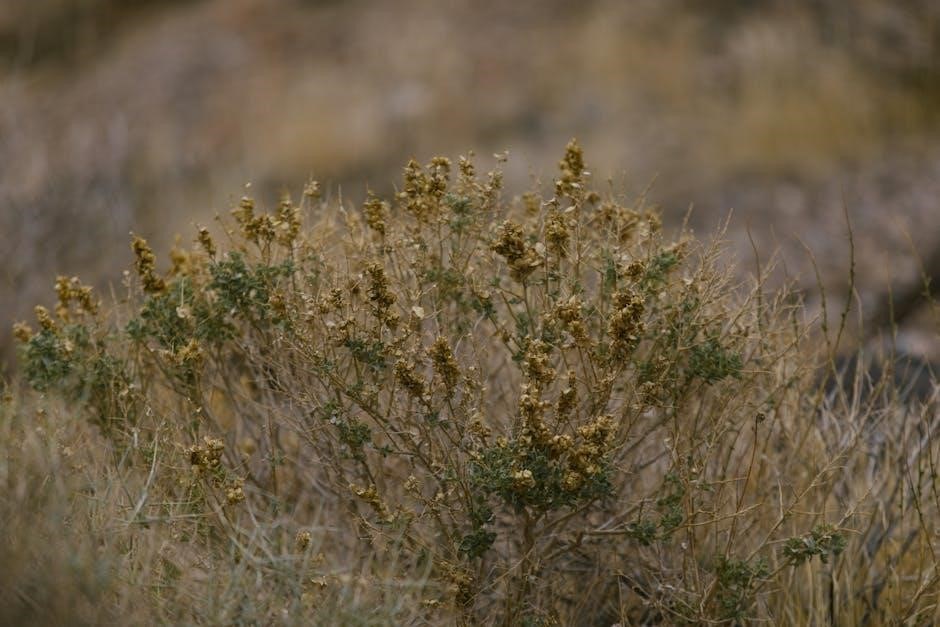
2.2 Summer Planting in Zone 7b
Summer in Zone 7b is characterized by warm weather‚ making it ideal for planting heat-tolerant crops. Vegetables like tomatoes‚ peppers‚ eggplants‚ and okra thrive in the summer heat. Cucumbers‚ zucchini‚ and squash also grow well during this season. Herbs such as basil and mint can be planted in well-drained soil to enhance flavors in summer dishes. For flowers‚ sunflowers‚ marigolds‚ and zinnias add vibrant colors to the garden. Succession planting is a useful strategy to ensure continuous harvests throughout the summer. Soil preparation is crucial‚ as the warm weather can deplete soil nutrients. Regular hydration and mulching help retain moisture and regulate soil temperature. Additionally‚ using shade cloth or cold frames can protect plants from intense heat waves. Late summer is also a good time to start seedlings for fall crops‚ ensuring a seamless transition into the next growing season. Proper planning and care during summer ensure a bountiful harvest in Zone 7b gardens.
2.3 Fall Planting in Zone 7b
Fall planting in Zone 7b is ideal for cool-season crops‚ offering a second growing season before winter. Vegetables like broccoli‚ kale‚ spinach‚ and carrots thrive in the cooler temperatures. Planting typically begins 8 to 10 weeks before the first frost date‚ allowing enough time for maturity. Succession planting is a useful strategy to maximize yields. Herbs such as parsley and cilantro also grow well during this season. For flowers‚ pansies and violas add vibrant colors to autumn gardens. Soil preparation is essential‚ with compost additions to enrich the ground. Mulching helps retain moisture and regulate soil temperature. Cold frames or row covers can extend the growing season by protecting plants from early frosts. Fall planting in Zone 7b is a great opportunity to enjoy fresh produce and vibrant blooms as the weather cools. Proper planning ensures a successful harvest before winter arrives.
2.4 Winter Planting in Zone 7b

Winter planting in Zone 7b is feasible with careful planning and protection from frost. Cool-season crops like spinach‚ kale‚ and garlic thrive during this period. Planting typically occurs 8 to 10 weeks before the first frost date‚ allowing crops to mature before extreme cold sets in. Cold frames and mulch are effective for protecting plants from harsh weather. Hardy vegetables such as Brussels sprouts and cabbage can also be planted in late summer or early fall for a winter harvest. Herbs like rosemary and thyme may need protection but can survive light frosts. Winter is also a good time to plant bare-root trees and shrubs. Proper soil preparation and timely planting ensure a successful winter garden. Zone 7b’s relatively mild winters make it an ideal location for year-round gardening with the right strategies and plant choices.
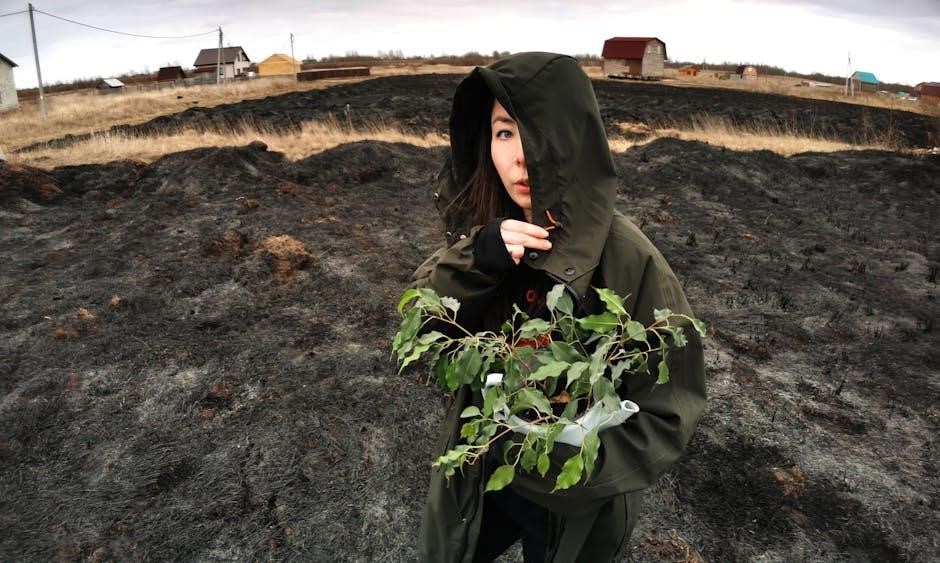
Popular Plants for Zone 7b
Zone 7b supports a wide variety of plants‚ including tomatoes‚ peppers‚ blackberries‚ raspberries‚ coneflowers‚ black-eyed susans‚ and herbs like rosemary and thyme‚ all thriving in its temperate climate.
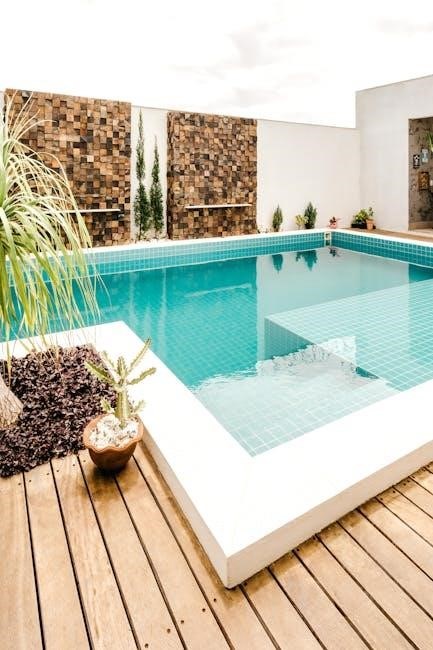
3.1 Vegetables That Thrive in Zone 7b
Zone 7b’s temperate climate supports a wide variety of vegetables‚ making it ideal for gardeners. Tomatoes‚ peppers‚ and eggplants thrive in the warm summers‚ while broccoli‚ spinach‚ and kale excel in cooler springs. Root vegetables like carrots and radishes also grow well. With two distinct growing seasons‚ gardeners can enjoy a bountiful harvest year-round. Proper planning and timing ensure maximum yield‚ leveraging the zone’s moderate winters and warm summers. This diversity allows gardeners to cultivate a vibrant and productive vegetable garden in Zone 7b.
3.2 Fruits That Grow Well in Zone 7b
Zone 7b’s moderate climate makes it an excellent region for growing a variety of fruits. Strawberries thrive in the cool springs‚ while blueberries‚ raspberries‚ and blackberries enjoy the warm summers. Peaches and apples are also popular choices‚ as they tolerate the zone’s temperature fluctuations. Pears and figs grow well‚ benefiting from the zone’s long growing season. Grapes are another great option‚ perfect for home vineyards or fresh eating. Citrus trees‚ like dwarf varieties‚ can be grown in containers and protected during harsh winters. Zone 7b’s climate supports a wide range of fruits‚ allowing gardeners to enjoy fresh‚ homegrown produce throughout the year. With proper care and timing‚ fruit gardens in Zone 7b can be incredibly productive and rewarding.
3.3 Flowers for Zone 7b Gardens
Zone 7b’s temperate climate supports a vibrant array of flowers‚ making it ideal for colorful and diverse gardens. Annuals like marigolds and zinnias thrive in the warm summers‚ while perennials such as coneflowers and black-eyed susans provide long-lasting beauty. Roses‚ especially shrub and knockout varieties‚ excel in Zone 7b’s conditions. Spring-blooming bulbs like tulips and daffodils are perfect for early color‚ while hydrangeas and daylilies add stunning summer blooms. Sunflowers and cosmos are great for adding height and texture‚ while violas and pansies offer vibrant colors in cooler seasons. Herbs with flowering accents‚ like lavender and rosemary‚ also grow well and attract pollinators. With proper planting and care‚ Zone 7b gardens can display a kaleidoscope of flowers year-round‚ creating a stunning and dynamic landscape for any gardener.
3.4 Herbs That Excel in Zone 7b
Zone 7b’s climate is ideal for growing a wide variety of herbs‚ adding fresh flavors and fragrance to gardens. Popular choices include basil‚ rosemary‚ and thyme‚ which thrive in the region’s warm summers. Mint and cilantro prefer cooler conditions‚ making spring or fall the best times for planting. Parsley‚ dill‚ and sage also grow well‚ requiring minimal care and offering consistent harvests. Lavender‚ while primarily ornamental‚ adds beauty and attracts pollinators. Herbs like oregano and chamomile thrive in Zone 7b’s mild winters‚ providing year-round interest. Proper soil preparation and full sun are key for most herbs. Regular watering and pruning encourage healthy growth. Incorporating herbs into your garden enhances biodiversity‚ attracts pollinators‚ and offers fresh ingredients for cooking. With the right care‚ Zone 7b gardeners can enjoy a bountiful and fragrant herb garden throughout the growing season.

Tools and Resources for Zone 7b Gardeners
Essential tools include cold frames for season extension‚ gardening apps for tracking plant times‚ and local Cooperative Extension services for expert advice. Journals and planners also help monitor progress and plan effectively.
4.1 Using Cold Frames for Season Extension
Cold frames are versatile structures that extend the growing season in Zone 7b by protecting plants from harsh weather. These boxes with windows allow light and heat to enter while keeping cold air out‚ creating a microclimate. They are ideal for starting seeds early in spring or extending the fall growing season. By trapping solar heat during the day and retaining it at night‚ cold frames provide a sheltered environment for tender seedlings. This is particularly useful for crops like spinach‚ lettuce‚ and broccoli‚ which thrive in cooler conditions. Additionally‚ cold frames can be used to harden off seedlings before transplanting them outdoors‚ ensuring they adapt smoothly to outdoor conditions. For Zone 7b gardeners‚ incorporating cold frames can significantly broaden the range of plants they can grow and improve overall garden productivity.
4.2 Best Gardening Apps for Zone 7b
Gardening apps are invaluable tools for Zone 7b gardeners‚ offering personalized advice and organization. Apps like Garden Plan Pro and Seed Savers Exchange provide tailored planting calendars‚ variety recommendations‚ and space planning. They help track progress‚ set reminders for planting and harvesting‚ and offer expert tips. Apps like GardenTags and Happy Gardening allow users to document plant growth and share knowledge with a community. Many apps‚ such as Gardening Know How‚ offer localized advice based on USDA zones‚ ensuring strategies are optimized for Zone 7b’s climate. These tools empower gardeners to make informed decisions‚ maximize yields‚ and enjoy a more successful gardening experience. By leveraging technology‚ Zone 7b gardeners can streamline their efforts and achieve their gardening goals more efficiently.
4.3 Local Cooperative Extension Services
Local Cooperative Extension Services are invaluable resources for Zone 7b gardeners‚ offering tailored advice and support. Operated by state universities‚ these offices provide region-specific guidance on planting‚ pest management‚ and soil health. They often distribute free or low-cost resources‚ including planting calendars and variety recommendations. Many extensions offer soil testing kits and interpretation services‚ helping gardeners optimize their soil conditions. Workshops‚ webinars‚ and master gardener programs are common‚ equipping gardeners with hands-on knowledge. These services are particularly beneficial for addressing local challenges‚ such as specific pests or soil types. By leveraging the expertise of Cooperative Extension Services‚ Zone 7b gardeners can make informed decisions and improve their gardening success. These local resources are a cornerstone for achieving a thriving and productive garden in Zone 7b.
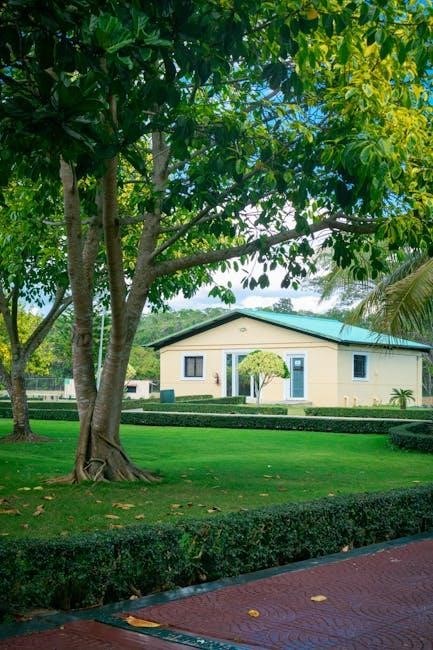
Best Practices for Zone 7b Gardening
Preparation is key: test and amend soil‚ manage water efficiently‚ and plant according to the growing season. Regular monitoring for pests and diseases ensures a healthy‚ thriving garden in Zone 7b.
5.1 Soil Preparation Tips
Proper soil preparation is crucial for a thriving garden in Zone 7b. Begin by testing your soil pH and nutrient levels to determine necessary amendments. Add compost or well-rotted manure to improve soil structure and fertility. For clay-heavy soils‚ incorporate sand or organic matter to enhance drainage. In sandy soils‚ add humus to retain moisture and nutrients. Till the soil to a depth of 8-10 inches to loosen and aerate it‚ promoting healthy root growth. Avoid over-tilling‚ as it can damage soil structure. Incorporate cover crops during the off-season to replenish nutrients. Use mulch to retain moisture and suppress weeds. Rotate crops annually to prevent nutrient depletion and pest buildup. Finally‚ ensure the soil is warm enough for planting by using a soil thermometer‚ especially for cool-season crops. Proper preparation ensures a strong foundation for your Zone 7b garden.
5.2 Companion Planting Strategies
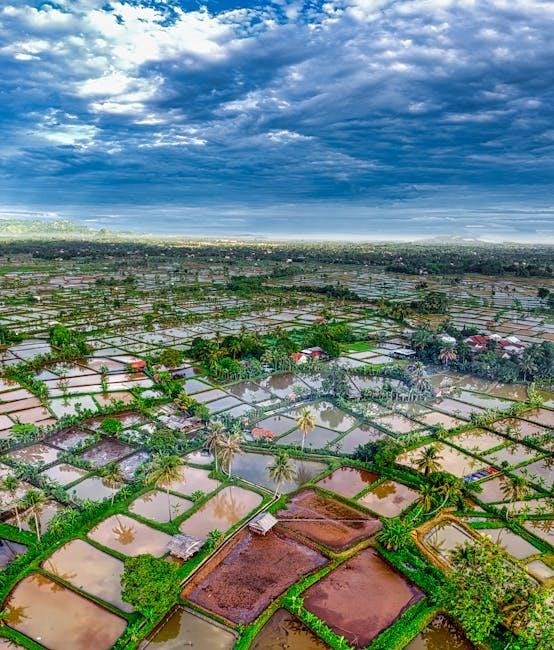
Companion planting is a valuable strategy for Zone 7b gardeners to enhance growth‚ deter pests‚ and maximize space. Pair vegetables like tomatoes with basil to improve flavor and repel pests. Marigolds planted alongside tomatoes and carrots can deter nematodes and attract beneficial insects. Nasturtiums repel aphids and whiteflies‚ making them ideal companions for cucumbers and squash. Planting radishes near cucumbers helps to repel cucumber beetles. Herbs such as dill and cilantro can be interplanted with vegetables to improve growth and deter pests. Some plants‚ like fennel and kohlrabi‚ should be kept separate due to potential negative interactions. Incorporate flowers like calendula and sunflowers to attract pollinators and add diversity. Rotate companion plants seasonally to maintain soil health and prevent pest buildup. By strategically pairing plants‚ Zone 7b gardeners can create a balanced and resilient garden ecosystem. This method promotes biodiversity and reduces the need for pesticides‚ fostering a healthier growing environment.
5.3 Managing Pests and Diseases
Managing pests and diseases is crucial for a thriving garden in Zone 7b. Regularly monitor plants for signs of damage or infection. Common pests include aphids‚ slugs‚ and snails‚ which can be controlled using neem oil‚ insecticidal soap‚ or natural predators like ladybugs. Diseases like powdery mildew and root rot can be prevented by ensuring good air circulation‚ removing infected plants‚ and treating with fungicides when necessary. Practice crop rotation to break disease and pest life cycles. Encourage beneficial insects‚ such as bees and butterflies‚ by planting a diverse range of flowers. Keep the garden clean by removing debris and weeds that may harbor pests. Use organic or integrated pest management (IPM) techniques to minimize harm to beneficial organisms. Regularly test soil health and adjust nutrients to promote robust plant growth‚ which helps plants resist pests and diseases naturally. By staying proactive‚ Zone 7b gardeners can protect their plants effectively.

